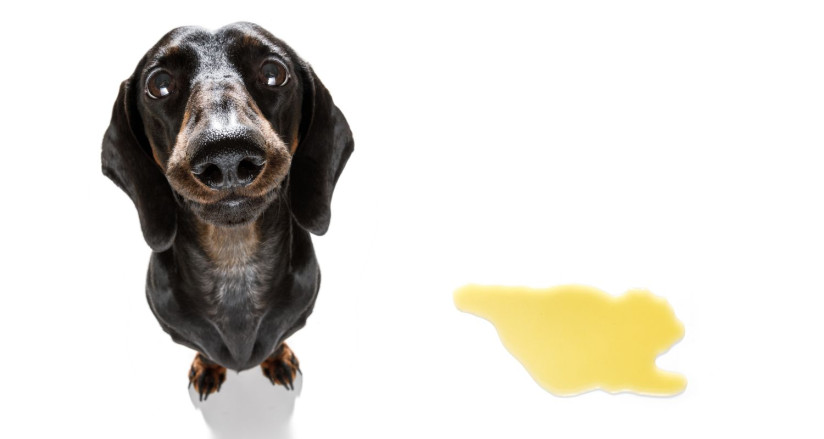There’s no way around it: potty training is vital for pet owners and dogs.
Establishing a toilet training routine with puppies requires time, effort, and consistency to yield results, but the benefits are well worth it.
General Tips
Puppies need constant monitoring, especially inside the house. A puppy that disappears from your sight means the potential for mischief! Limit their access to the rest of the home, especially carpeted areas.
Puppies should be able to hold it for one hour longer than they are months old, depending upon their activity level. A sedentary three-month-old puppy should be able to last for about four hours before needing to toilet.
Confined sleeping areas, like crates that are large enough for a puppy to stand up and turn around, make the perfect bed or den. Always monitor your puppy while they are in their crate, and do not leave them inside for extended periods. To help them acclimate to their crate, cover it to make it dark. When your puppy cries, take them out to the designated toilet area. After they are finished, say something like “Go toilet” or “Go potty”; praise your puppy only AFTER they are finished.
For apartment-dwelling humans, a box of turf or sand on your patio can be an ideal toilet area for your puppy.
Feeding your puppy a nutritious, well-balanced diet also aids with toileting issues: top-quality diets mean up to 25% less defecation. Research ingredients on your dog food package for real meat – not byproducts – and not too much meat meal, grains, or harmful colorings.
Never become physical or hit your puppy – your hands are for praise only.
Timing
There are six times a dog should be taken outside to toilet:
1. Before going to bed for the night.
2. As soon as they wake up.
3. After a daytime nap.
4. After eating.
5. After exuberant play.
6. After you return home from an outing.
It is important to stay with your puppy until it is finished toileting, or to place it in a playpen around a grassed area, sandbox, or toilet pad if you cannot stay to supervise.
Location
Identify an outdoor location that your dog will learn to recognize as their unique toileting area. It could be a spot in the flowerbed, or a corner of the yard or deck.
To help your puppy identify the toileting area versus the non-toileting area, add borders: flowerbeds, decorative rocks, or even blue painter’s tape can help.
The toileting area should smell like a toilet to your dog. Their sense of smell is far more sensitive than humans, however, so no need to go overboard: simply leave some of your dog’s excrement in the assigned area and bring any of their toileting mistakes to the location as well. This will help your puppy associate toileting with traveling outside to that spot. You can remove and clean the mess as your lifestyle requires.
Managing Mistakes
Mistakes happen with toilet training – it’s part of the learning process for your dog! Good management, however, can help minimize their frequency. It is useless to try and correct your puppy after the fact, but you can eliminate the smell of previous accidents to help them learn that the place where it happened is not a place to toilet again.
If you catch your dog in the act, immediately guide them to the designated toileting area and praise them lavishly as soon as they get there. They may not defecate at that point, but they will get the message.
Clean and deodorize the area properly using vinegar and baking soda or an enzyme cleaner (such as Nature’s Miracle). You can also use a few drops of lavender oil when washing bedding or cleaning up accidents.
Never use bleach or ammonia-based products to clean up after your pet.
If your dog has toileted all over a carpet or piece of furniture, call a professional cleaner to clean the offending area.
Help Minimize Errors
Dogs do not want to toilet where they eat or drink. You can use this instinct as a teaching tool to help your puppy associate places in the house where they may have been toileting with places where they look for food.
Start to serve your dog’s meals in different places around the house, including occasional meals in their crate.
Use scatter feeding to teach your dog that the entire house is a place for eating. Find kibble or raw vegetables (baby carrots, celery, etc.) that your dog enjoys and scatter them on the floor around the house. This will encourage foraging and build the association between the inside of the house and food, not toileting.
Toilet training your puppy requires consistent effort, but the results are worthwhile! Stay patient and positive, anticipate and make peace with mistakes during the early stages.
